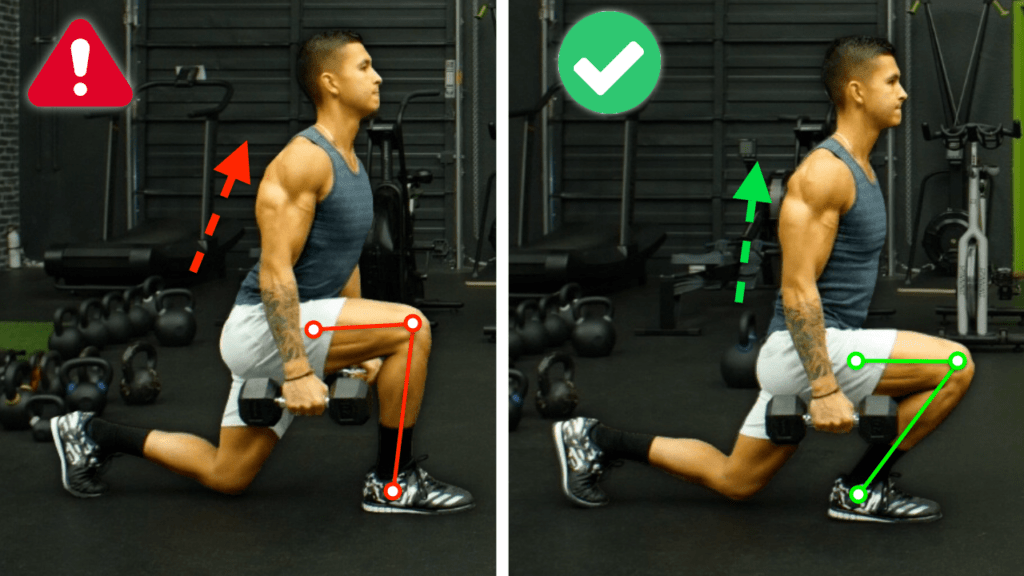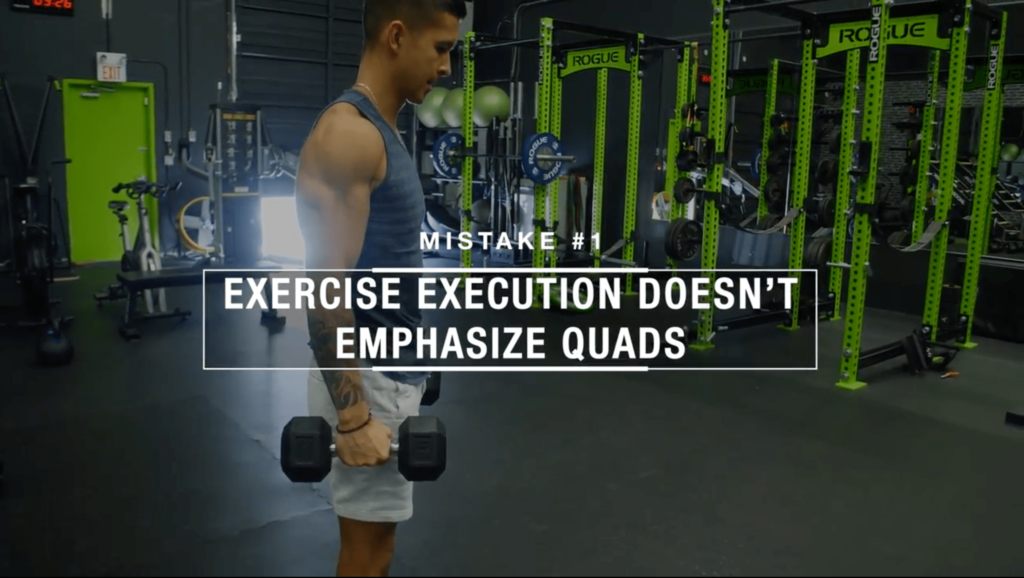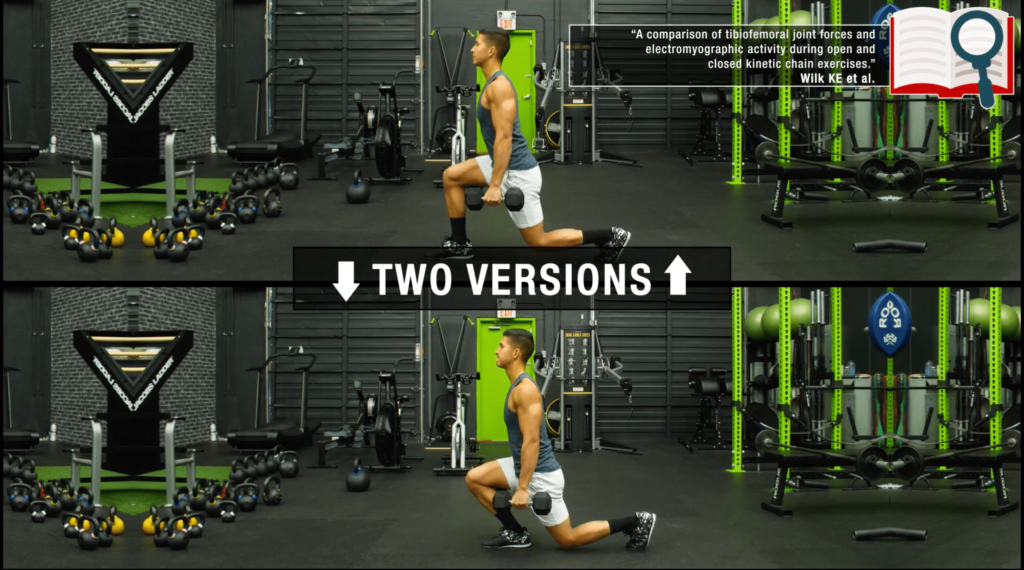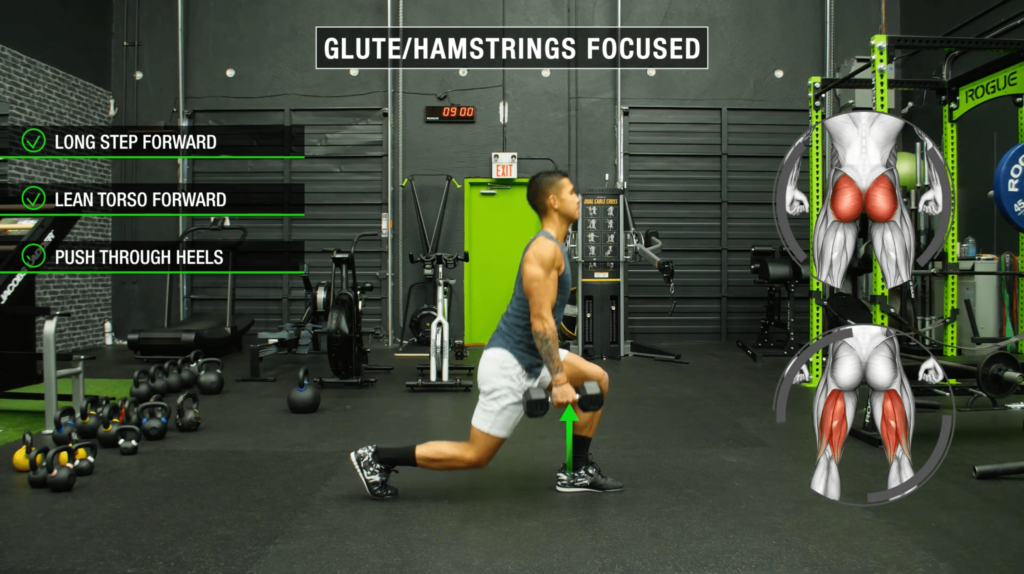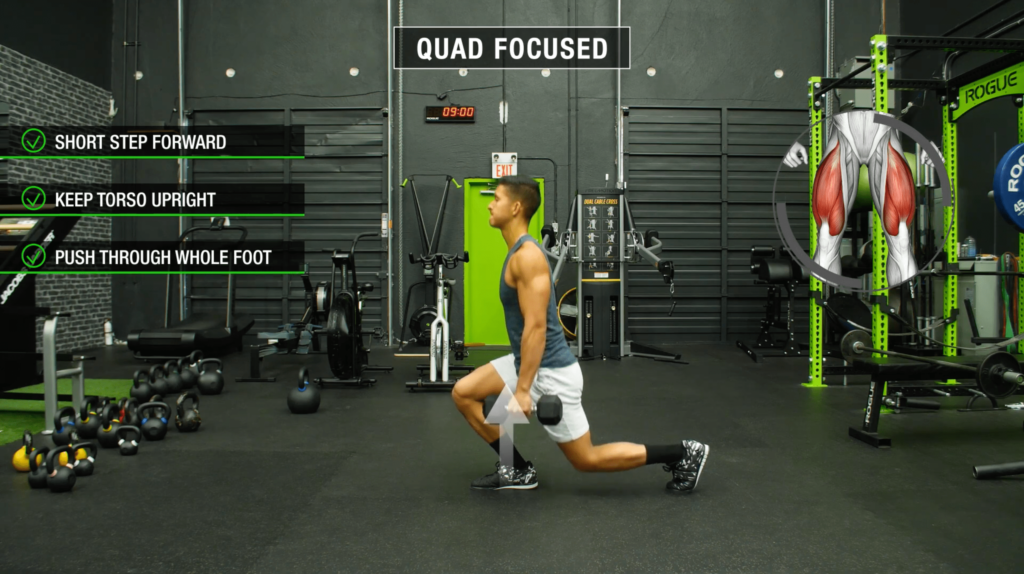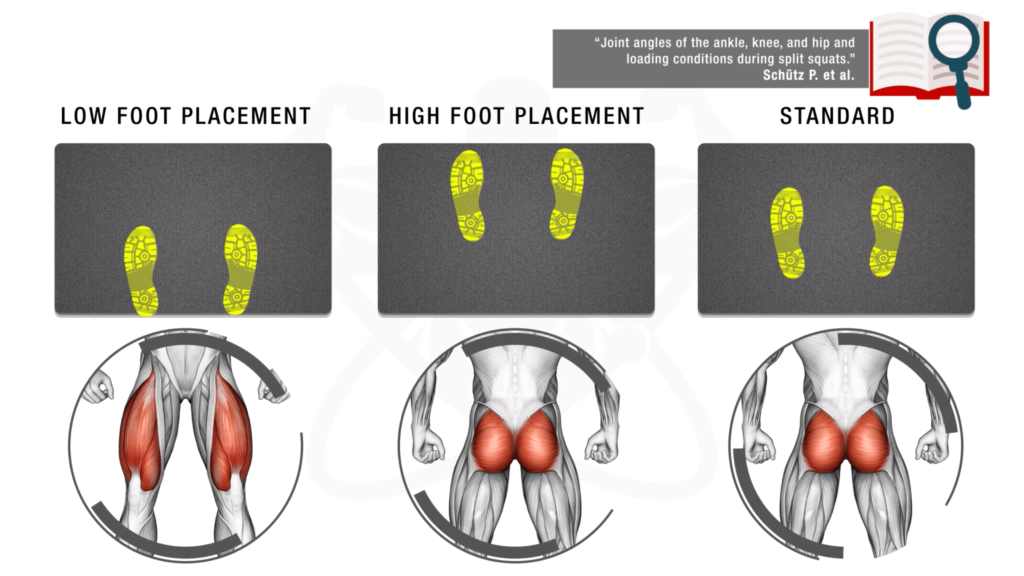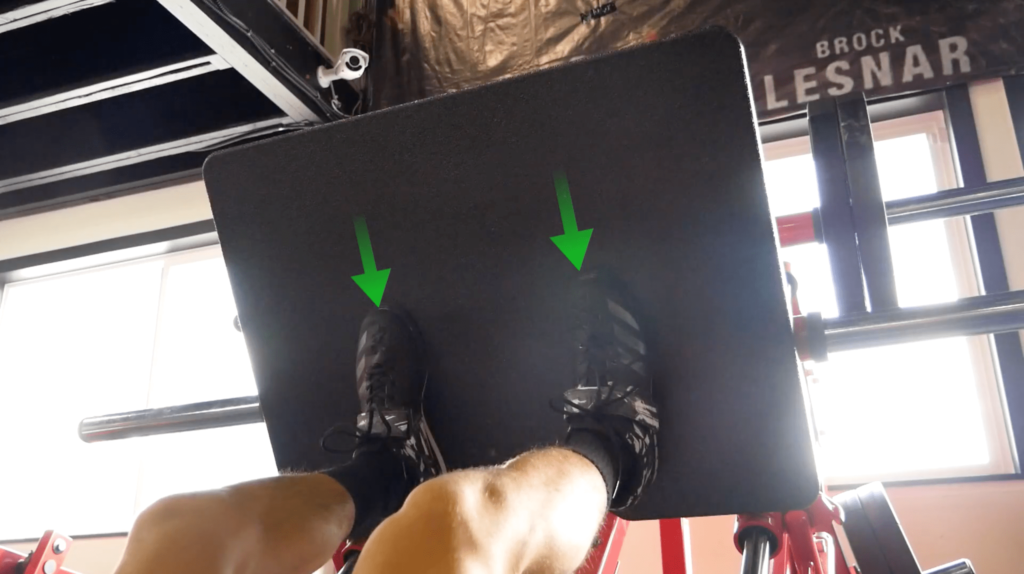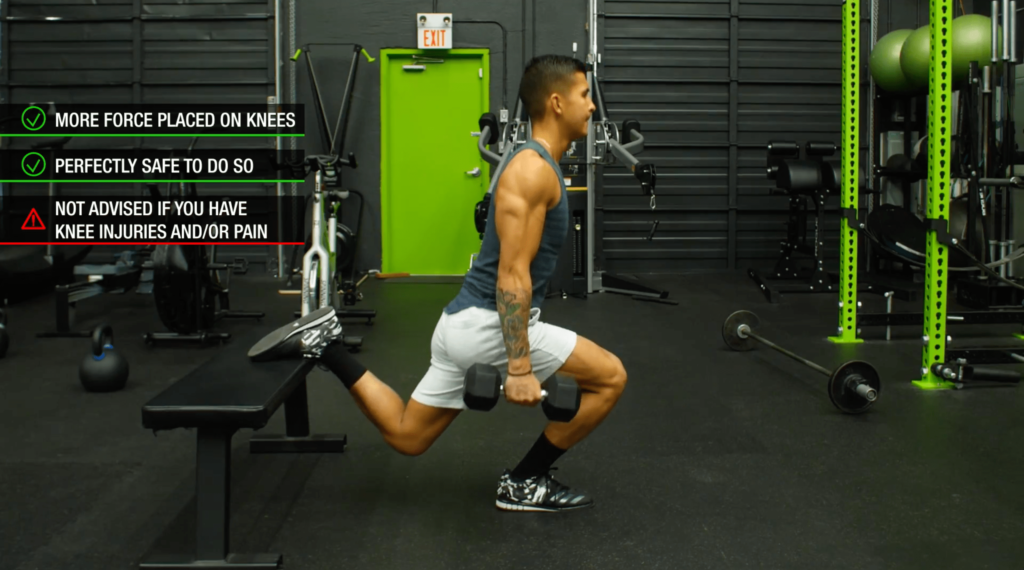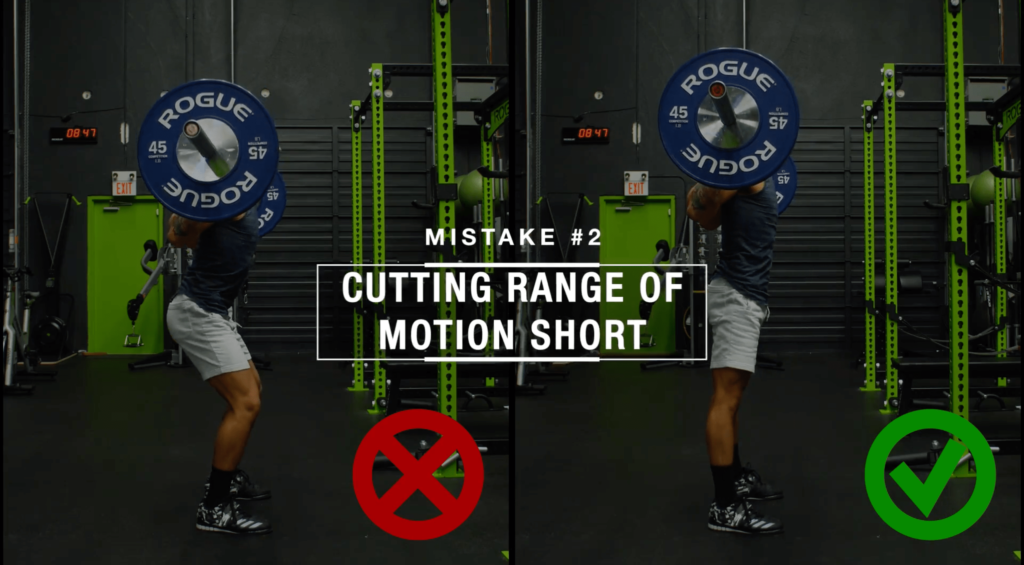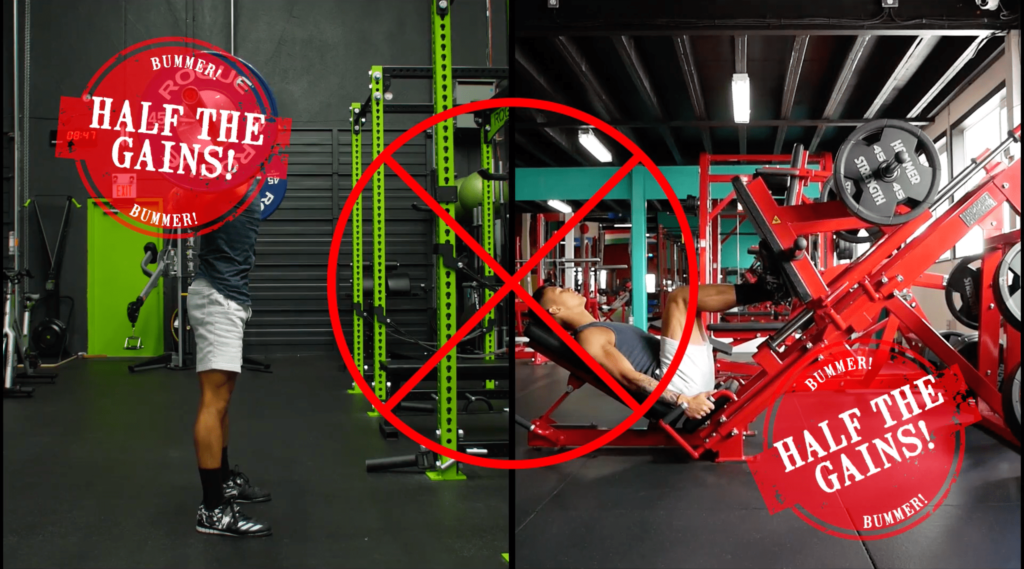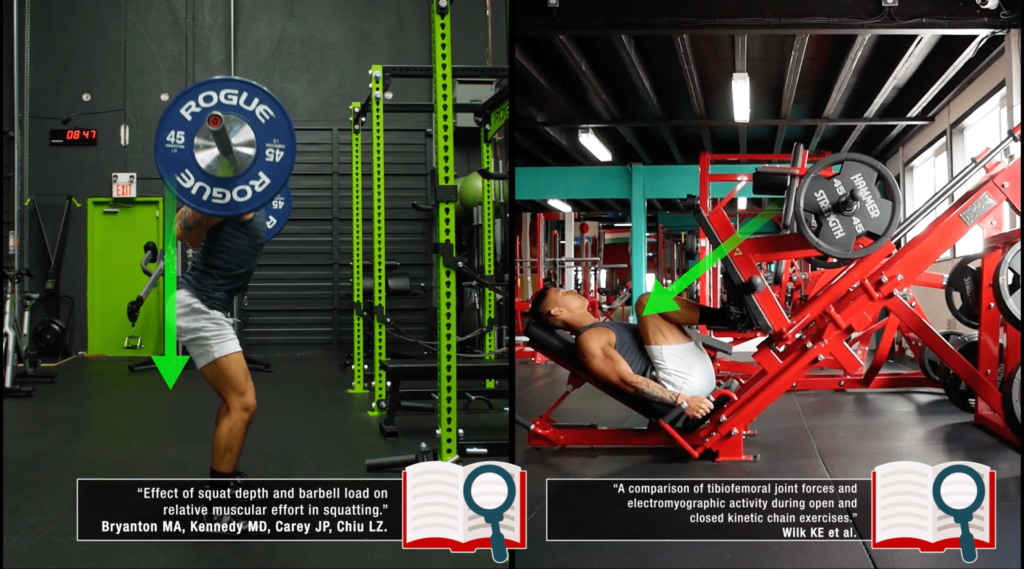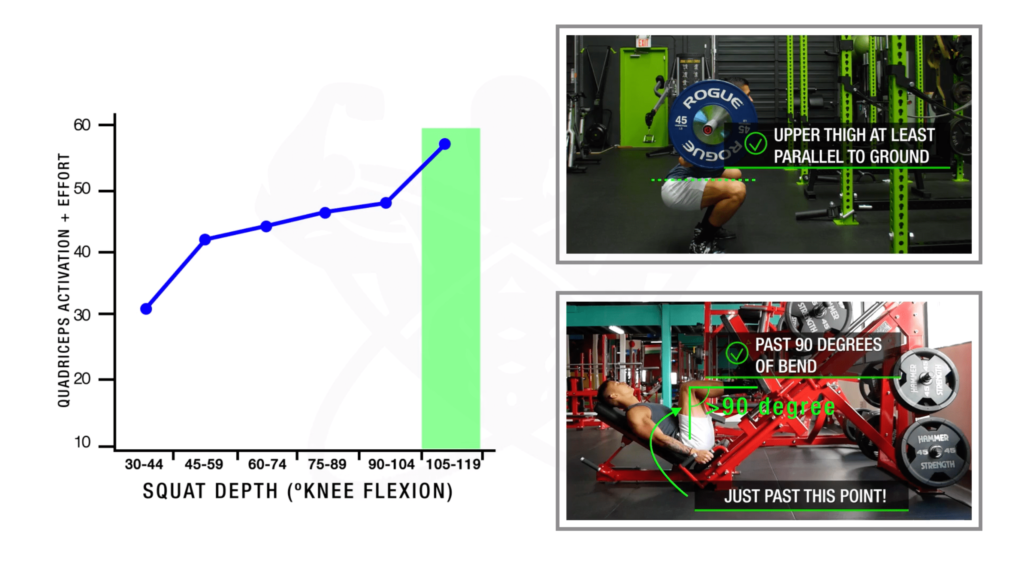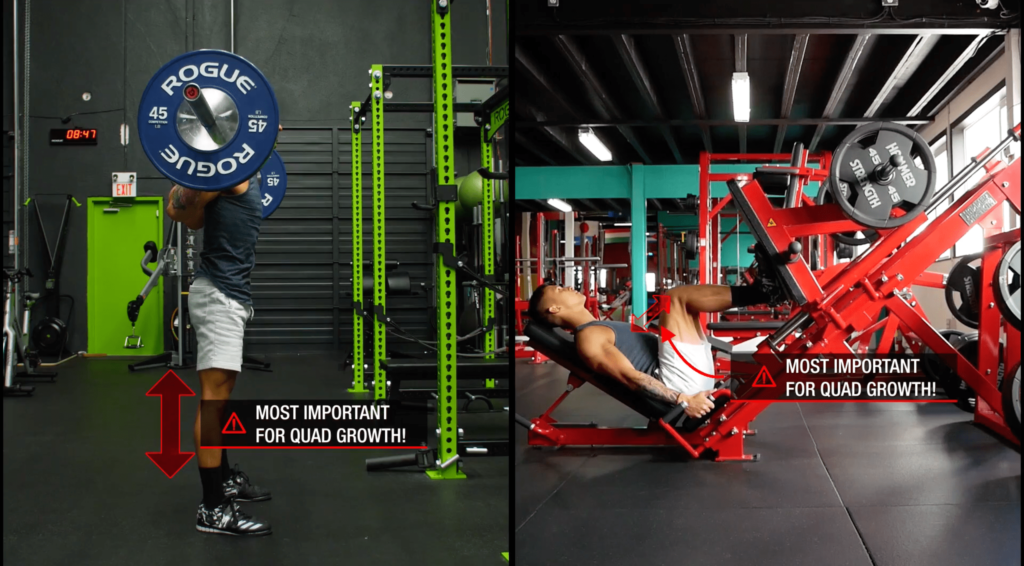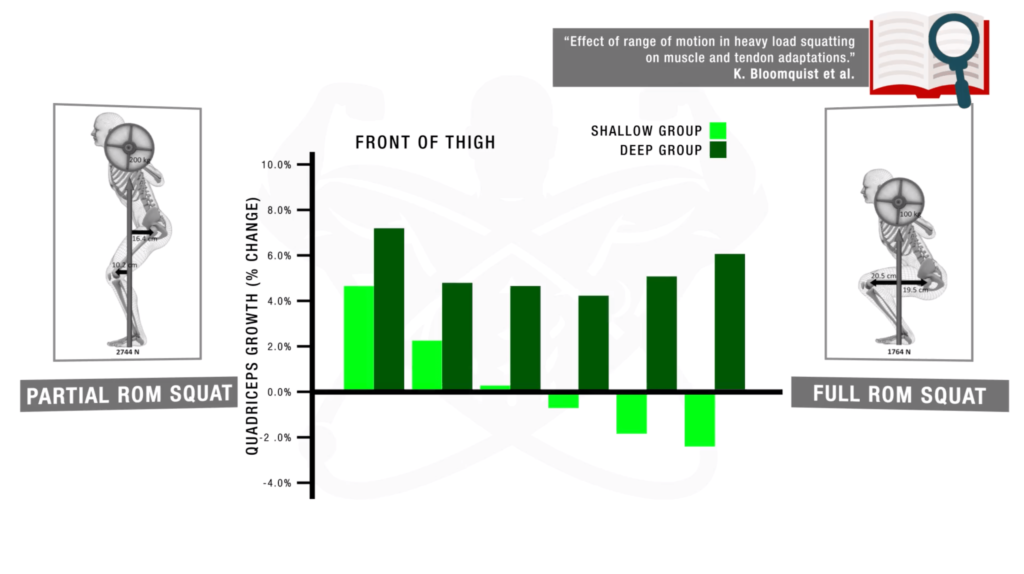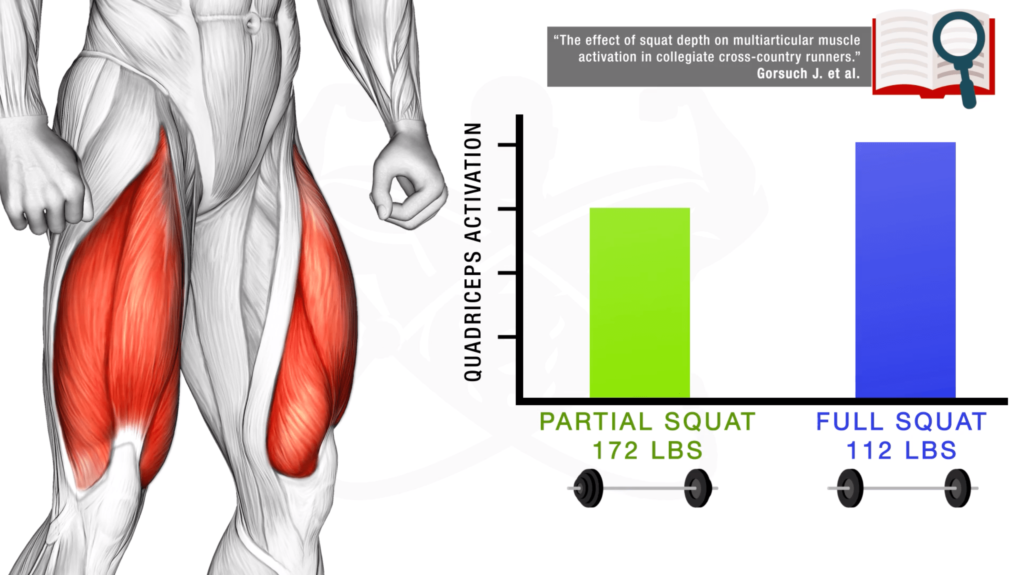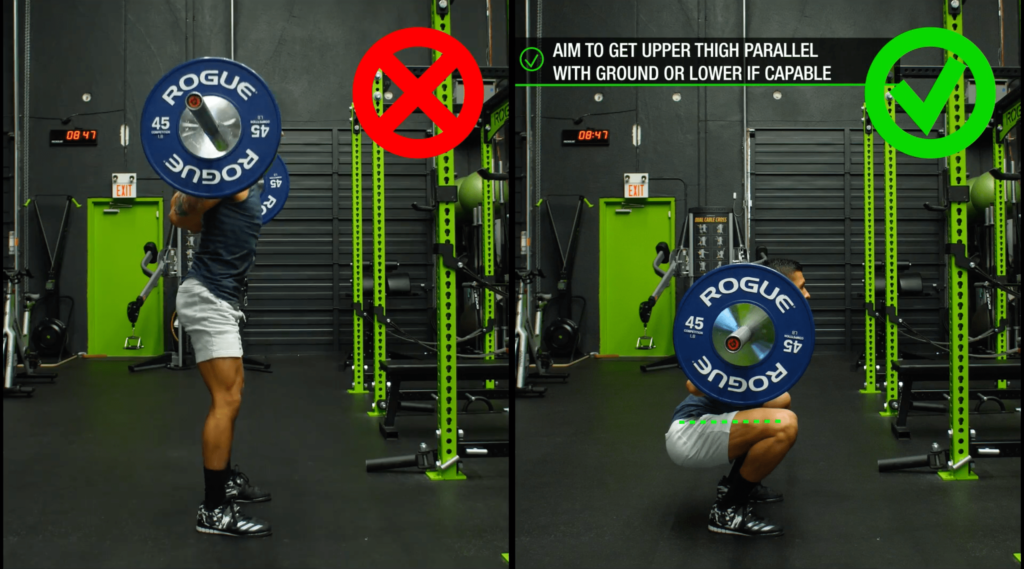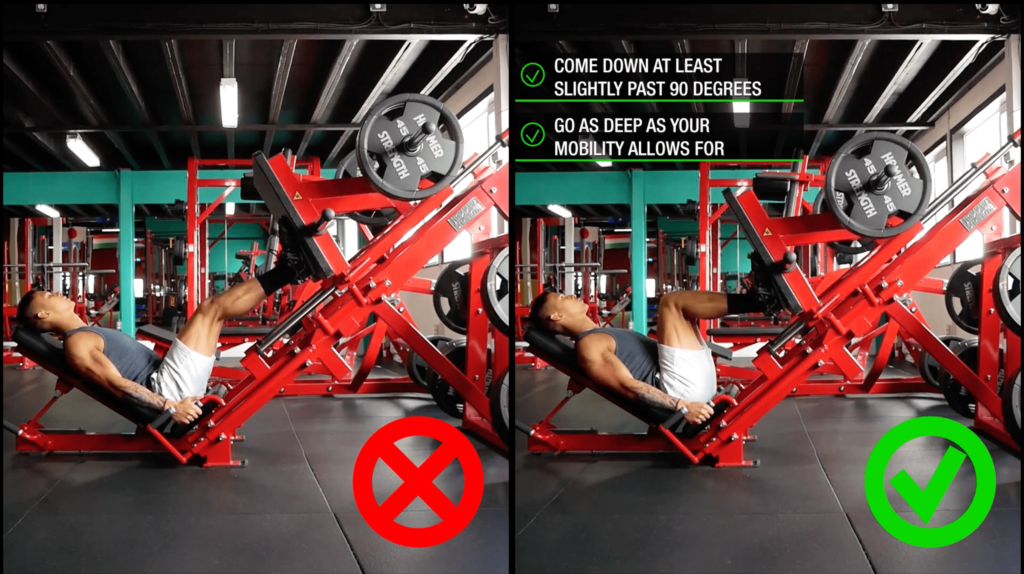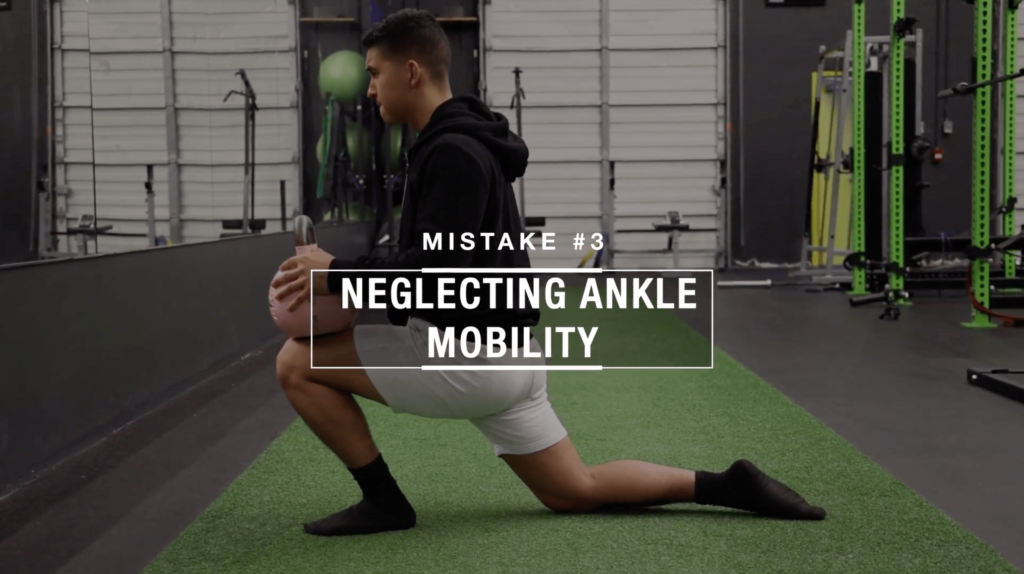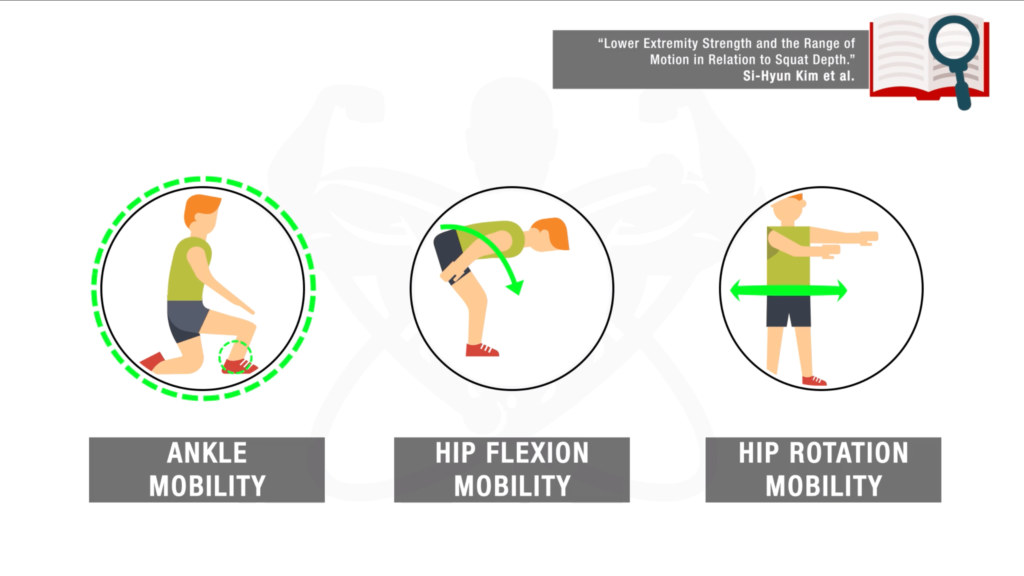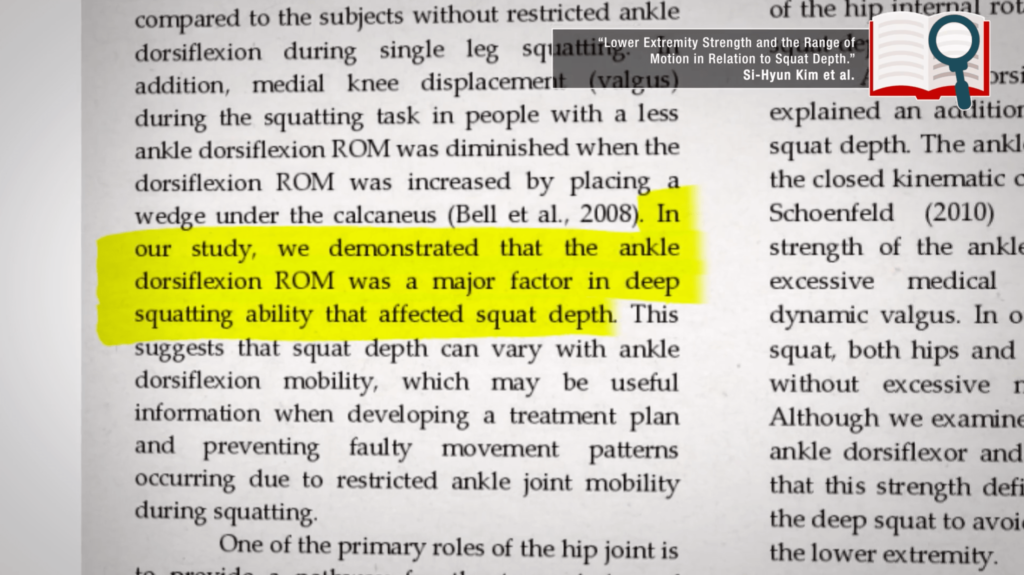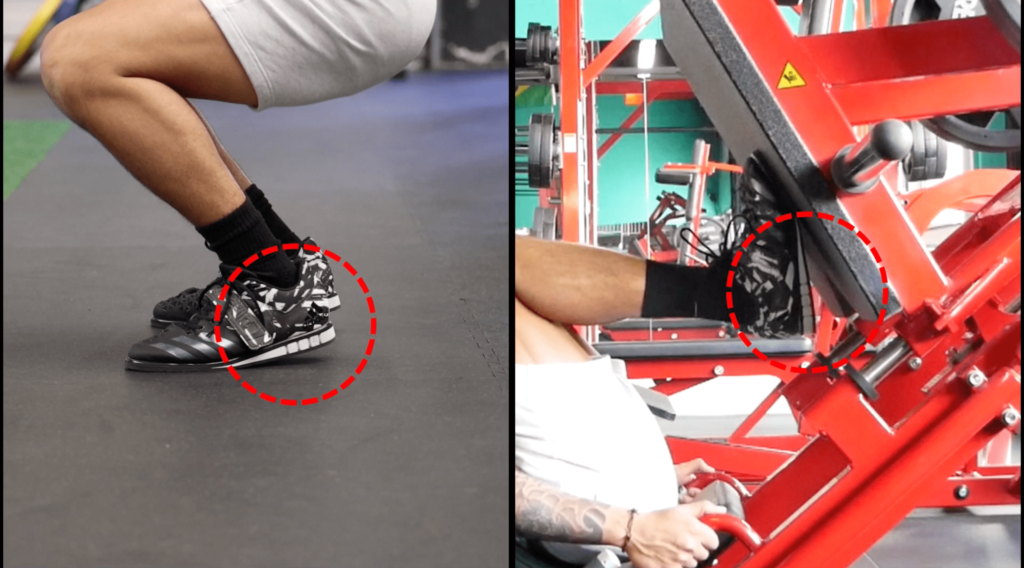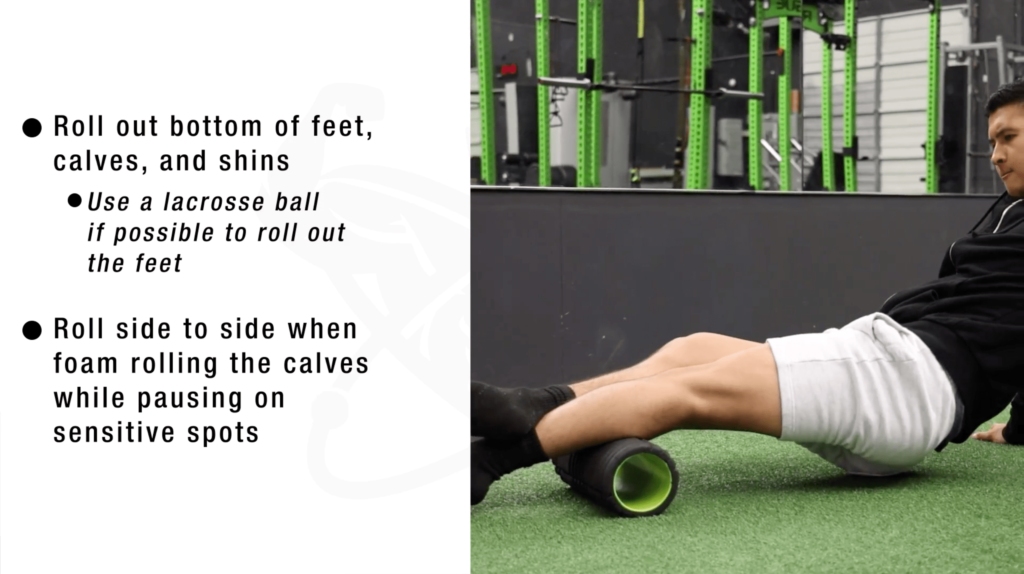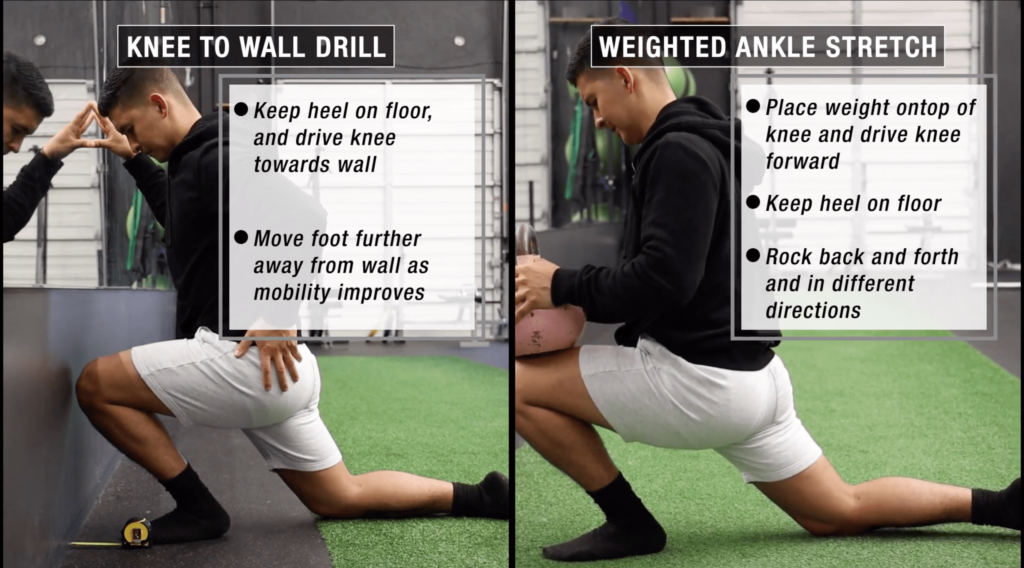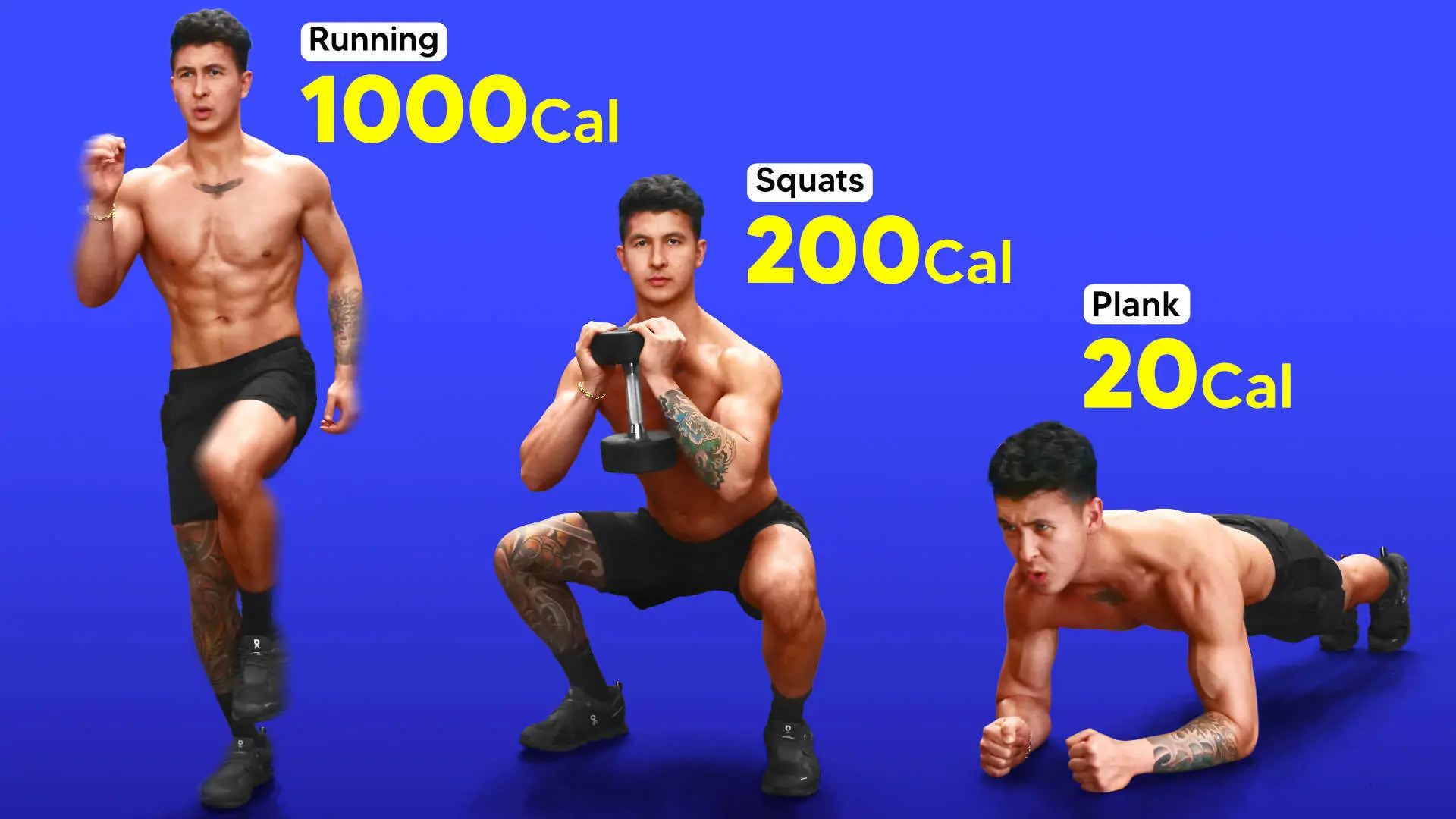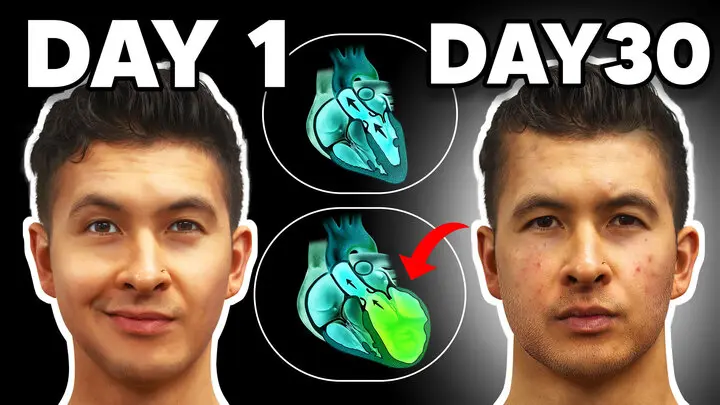How To Get Big Quads (3 Mistakes You're Probably Making)
If you've been religiously showing up on legs day and pushing through all the exercises meant for your quads, with no visible quads growth, this article is for you. Here, I cover how you can build big quads by avoiding 3 common mistakes.
I’ll be honest with you. I’ve personally struggled with growing my quads ever since I started training. Even though I never skipped my leg workouts and was lifting heavy weights, my quads just never really grew much. They always seemed to lag behind.
But fast forward to now. Although my quads still aren’t where I’d like them to be, their development and rate of growth have significantly improved. That's because since then, I've corrected 3 key mistakes that I never even realized I was making.
Unfortunately, these same mistakes are what I now see other people unknowingly do all the time with their leg training. To help prevent you from doing the same, let’s go through each mistake and show you what to do instead. Time for you to learn how to build big quads!
If you're looking for a training program that'll help you set up every single one of your workouts for optimal muscle growth (not just for the quads, but for ALL muscle groups!), I've got just the thing for you. Every BWS program is designed to be an all-in-one, science-based process that’ll get you to your dream physique FAST. And best of all? It's all rooted in science. For more information:
Click the button below to take my analysis quiz to discover the best program for you:
↓
1) Exercise Execution Doesn't Emphasize Quads
The first mistake has to do with your exercise execution. What most people don’t realize is that you can actually make minor tweaks to the way you perform your leg exercises. In doing so, you'll shift more of the tension away from the glutes and hamstrings and onto the quads. This enables you to prioritize your quad development during your leg workouts.
How to get monster quads by tweaking the forward lunge's execution
Let’s take a look at the forward lunge, for example. There are two completely different ways you can perform this exercise. And biomechanical research shows that each will significantly affect the degree of emphasis that’s placed on the quads during the movement.
To emphasize the glutes and hamstrings more during the lunge, you would:
- Take a long step forward such that your shin is vertical over your foot each step.
- Lean your torso forward slightly to increase the flexion of your hip joint and hence increase the involvement of the glutes.
- Push through the heel of your foot to better activate the glutes during each rep.
Whereas to hit the quads more, which is what we want to do, you would:
- Take a short step forward. Your front knee should now position itself just over the top of your toes, or slightly past them. Make sure you don’t experience discomfort.
- Keep your torso upright to minimize the flexion of your hip joint and the involvement of the glutes.
- Push up through your whole foot, rather than focusing on pushing through the heel.
By doing the second version of lunges, you’ll be able to biomechanically favor your quadriceps more. And this will, in turn, enable you to better grow them over time. Also, keep in mind that these three tweaks can be applied to pretty much any lunge or split squat variation you do in order to shift more tension to the quads.
How to get build big quads by tweaking the leg press execution
We can also apply a similar concept to exercises like the leg press as well. This can be done by simply tweaking your foot placement.
For example, a paper from the Journal of Strength and Conditioning analyzed the effect of various leg press foot placements on resulting muscle activation. They found that a low foot placement elicited significantly higher quadriceps involvement than either a standard or high foot placement. The latter options both favored the glutes more due to the greater hip flexion involved.
So, you can shift your feet down slightly when performing the leg press. So long as you have the mobility to, this is a great way for you to further emphasize the quads. Do take note that this principle can also be applied to other pressing machines, like the hack squat.
Do keep in mind that these various tweaks will shift a little more force and stress onto your knees. And that isn’t necessarily a bad thing unless you currently experience knee pain or have a knee injury. If you do, however, it's not advisable for you to tweak the pressing movements like so. If you struggle with knee pain, you might want to give one of my past articles (linked here) a read. It might help you out.
Ultimately, there are always modifications you can make to your exercises to suit your body (and current pain levels). However, picking the right alternative exercise can be tricky – and this is where our 3-on-1 coaching program comes in. You’ll have a dedicated coach assigned to you (plus myself and a dietitian) to guide you every step of the way, so you never have to feel lost about your training. To find out more:
Click the button below to find out more about the 3-on-1 coaching program:
↓
2) Cutting Range of Motion Short
The next mistake that’s slowing your quad gains is cutting your range of motion short during your leg exercises. And this is something I see people do all the time at the gym, especially on exercises like the squat and leg press.
Yet, what these “half-reppers” don’t realize is that you literally get half the gains as a result.
For instance, multiple EMG studies (this one on the leg press and this on squats) have looked at how the activation and muscular effort of the quadriceps change based on your range of motion.
It was found that the deeper you go, the more your quads are activated. And this holds true up until around 105-120 degrees of knee flexion. To put this in perspective, here's what it looks like when it comes to the:
- Squat - Around the point when your upper thigh becomes parallel to the ground.
- Leg press - Around the point where your knees pass 90 degrees of bend.
What this ultimately means is that it’s the very bottom of these lifts that seem to be the most important for quad growth. And cutting this short, which most people do, is definitely cutting your gains as a result.
Range of motion is critical for quad growth
And to illustrate this point even further is a 2013 paper that compared quad muscle gains between a partial versus a full range of motion squat. The researchers had subjects do one or the other for 12 weeks. They then measured the resulting growth at 6 different measurement sites on the subjects' quads. The study found that quad growth was significantly greater with the full range of motion squat at all 6 measurement sites.
Also, here's something extra to really hammer in this mistake for you. While you’ll be able to handle much heavier weights with a partial squat than you can with a full squat, it still won’t be as effective for gains. In fact, one study actually showed that subjects were able to get 25% higher quadriceps activation with a full squat compared to a partial squat. And this was despite them having used 60lbs less weight!
So, when it comes to building bodybuilder quads and actually also protect your knee joints in the process, it’s time to put the ego aside, lighten the weight, and use a full range of motion.
How to build your quad muscles by increasing your range of motion
You can start increasing your range of motion for your squat or any similar movement by aiming to get your upper thigh at least parallel with the ground, or even slightly lower - if your mobility safely allows for it.
And for your leg press, go past 90 degrees of knee flexion and as deep as you’re capable of doing safely. Doing this will guarantee that you’re working your quadriceps through the peak degrees of knee flexion where the most growth is likely to occur.
3) Neglecting Ankle Mobility
However, if you struggle with increasing your range of motion, you need to look at mistake 3: the neglect of your ankle's mobility.
Ankle mobility is critical for quad growth
To illustrate the importance of ankle mobility, let’s look at a recent 2015 paper. The researchers studied various mobility restrictions in 100 subjects to see what affected squat depth the most. They found that out of all the restrictions tested, ankle mobility seemed to be the most dominant factor that affected the squat depth. According to the paper, ankle mobility was positively correlated with a greater ability to squat deeper.
And this is obviously problematic for most of you out there trying to grow your quads. Without sufficient ankle mobility, your body, biomechanically-speaking, won't allow you to achieve the optimal range of motion needed or apply the previously-mentioned quad exercises modifications. Instead, you'll most likely compensate by lifting your heels up and/or bending your torso forward, for example.
So, when it comes to how to get ripped quads and improve your form, you need to focus more on your ankle mobility. And this is something I think the vast majority of lifters should be doing more of, regardless.
How to gain quad muscle by increasing your ankle mobility
You can increase your ankle mobility by just getting into the habit of regularly doing the following:
- First, roll out the bottom of your feet. Then, your calves side to side, as well as your shins, to loosen up the soft tissue.
- Then you’ll want to move onto a couple of dynamic ankle mobility drills. Two good drills to incorporate include the knee to wall drill and/or a weighted stretch.
By regularly doing a routine like this, especially right before your actual leg workout, you’re going to drastically improve your ability to apply the various tweaks I mentioned. You'll, therefore, boost your quad growth in the long run.
Alright, that's all I have for now. I hope this article was useful to you! Also, I hope it helped clear up why you may not have been seeing the leg growth that you’re after.
For a step-by-step program that avoids these mistakes for you and applies the science to enable you to build muscle and add size as effectively as possible:
Click the button below to take my analysis quiz to discover the best program for you:
↓
Also, don’t forget to give me a follow and connect with me on Instagram, Facebook, and Youtube as well, in order to stay up to date with my content. Here's a link to my lifting shoes as well, just in case you need them. This is an affiliate link and I will get a portion of the sale, so thank you in advance!






